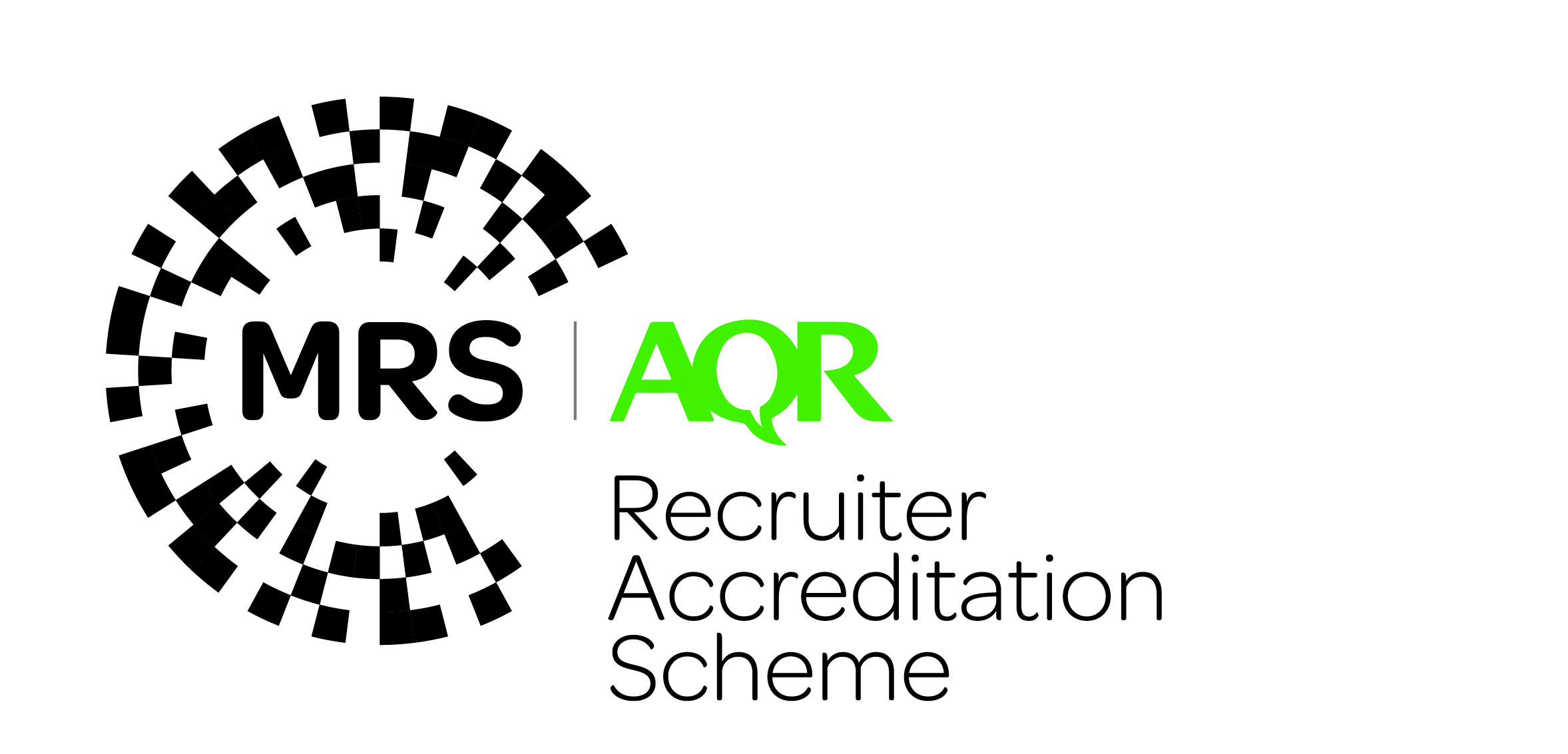All MRS websites use cookies to help us improve our services. Any data collected is anonymised. If you continue using this site without accepting cookies you may experience some performance issues. Read about our cookies here.
You are currently not logged in. Any progress made will be lost.
EDI: The legal and Ethical Framework – Equality Act
The Equality Act 2010 legally protects people from discrimination in the workplace and in wider society. The Act provides a legal framework to protect the rights of individuals and advance equality of opportunity for all. The legislation applies to Great Britain i.e., England Scotland and Wales. Northern Ireland has separate legislation. We will focus in this section on the legislation for Great Britain as this is the most comprehensive as it a harmonised approach.
The aim of the Equality Act is to protect people from discrimination, harassment and victimisation. Everyone in Great Britain is protected by this legislation and the protected characteristics that individuals might have. There are nine protected characteristics:
- age
- gender reassignment
- being married or in a civil partnership
- being pregnant or on maternity leave
- disability
- race including colour, nationality, ethnic or national origin
- religion or belief
- sex
- sexual orientation
Individuals are protected from discrimination:
- at work
- in education
- as a consumer
- when using public services
- when buying or renting property
- as a member or guest of a private club or association
Individuals are also protected from discrimination if:
- they are associated with someone who has a protected characteristic, for example a family member or friend
- they have complained about discrimination or supported someone else’s claim
The types of data collected to ensure research and data collection is inclusive are all covered in the above list e.g., sexual orientation, disabilities, race and ethnicity and gender reassignment and sex. As such recruiters must be cognisant of the Equality Act and ensure that when engaging with participants including when collecting, retaining and deleting such data they do so in accordance with the Equality Act avoiding any potential discrimination, harassment or victimisation.
For more detail see:


